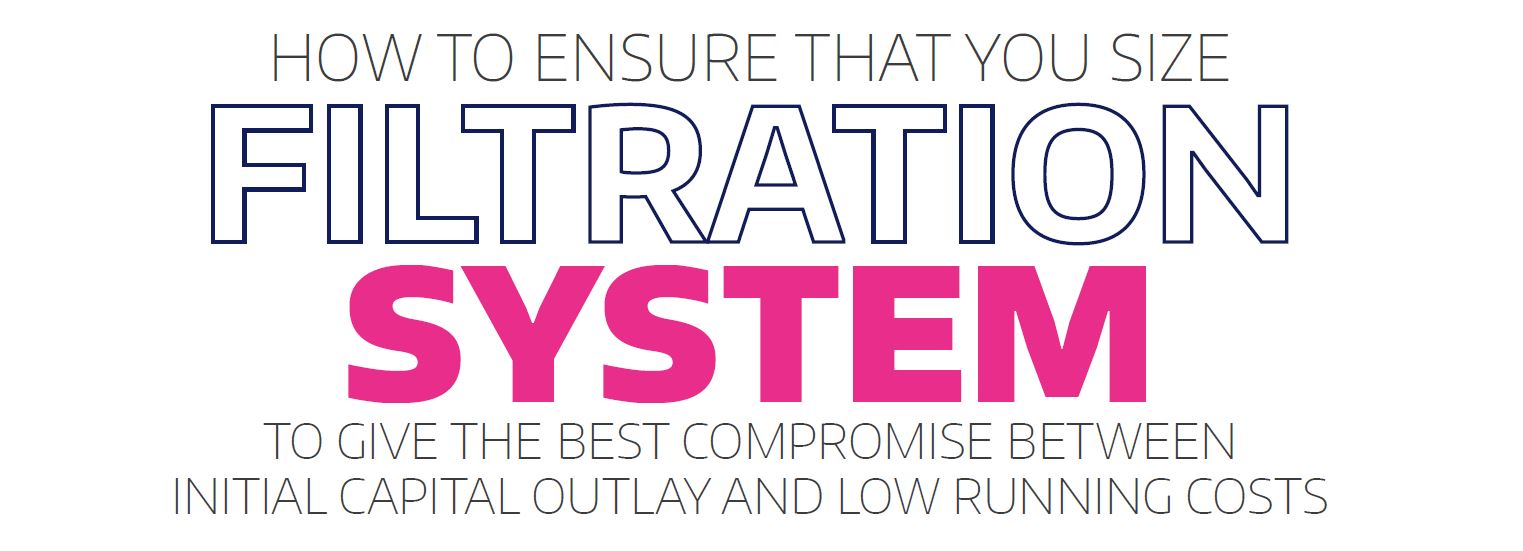Reduce Filtration Costs by Switching from Pleated Polypropylene to Pleated Glass Fibre Filters
When it comes to selecting the right filter cartridge for your application, cost isn’t just about the price tag. It’s about total cost of ownership — how long the filters last, how often they need to be changed, and how they impact your overall process efficiency.
Why Glass-Fibre over Polypropylene?
One decision that can dramatically reduce your filtration costs is choosing glass fibre pleated depth filters over polypropylene pleated depth filters, especially in high solids or gel-like contaminant applications.
Polypropylene Glass-Fibre


What’s the Difference Between Glass Fibre and Polypropylene Filters?
Both glass fibre and polypropylene filters are depth media, meaning they trap particles throughout the thickness of the material rather than just on the surface. But their structures and performance characteristics differ significantly:
|
Feature |
Glass Fibre |
Polypropylene |
|
Material |
Borosilicate glass microfibres |
Melt-blown polypropylene |
|
Porosity |
High void volume (95%) |
Lower void volume (75%) |
|
Dirt Holding Capacity |
Very high |
Moderate |
|
Flow Rates |
Higher for a given pressure drop |
Lower at equivalent retention |
|
Resistance to Gel-like Contaminants |
Excellent |
Poor |
|
Cost per Cartridge |
Slightly higher (20%) |
Lower |
Why Glass Fibre Wins in Challenging Applications
- Longer Life – Fewer Changeouts: Glass fibre filters typically offer 2 to 4 times the dirt holding capacity of polypropylene equivalents. That means fewer filter changeouts, less downtime, and lower labour costs
- Better Flow – Lower Energy Costs: Due to their open structure, glass fibre filters deliver higher flow rates at lower pressure drops. This can translate into reduced pump energy consumption or the ability to process more product in the same time.
- Superior Performance with Gels and Viscous Fluids: Polypropylene filters often struggle with deformable contaminants (gels), which can block the media prematurely. Glass fibre’s more rigid structure captures gels efficiently while maintaining throughput
Example: Paint or Resin Filtration
In many industrial coatings applications, gel-like contaminants, partially cured resin, or pigment agglomerates can rapidly blind polypropylene filters. Switching to a glass fibre media often doubles or triples filter life, while maintaining better flow rates and consistent product quality.
Is Glass Fibre More Expensive?
Yes, a glass fibre cartridge might be 10–20% more expensive per 10” filter, but when you factor in:
- Reduced changeout frequency
- Less downtime
- Lower disposal costs
- Lower energy costs
- Improved throughput
… the total cost of filtration with glass fibre is always lower when it is suitable for the application.
When to Use Glass Fibre Over Polypropylene
Glass fibre pleated depth filters are especially advantageous when:
- The fluid contains high solids or gels
- When you are filtering water in a beverage application or the early stages of water treatment plants before the water becomes high purity (less than 1µs).
- You're filtering viscous products (resins, paints, polymers, slurries)
- Frequent changeouts with polypropylene are costing you time and money
- Flow rates are restricted and pressure drop is a concern
Choosing the right filter media can dramatically affect your bottom line. If you're battling short filter life, flow restrictions, or excessive changeouts, it may be time to switch to glass fibre pleated depth filters. Though the upfront cost is slightly higher, the performance gains and lifecycle savings often result in a dramatic reduction in overall filtration costs.
Take a look at PoreFiltration’s range of glass fibre and polypropylene pleated depth filters and if you need any advice on if and how you could switch to glass fibre media, then just give us a call or send us an email - we're here to help you make the best choice for your filtration needs.
You can also read more in our blogs:- Understanding Absolute Vs Nominal Ratings in Filters
- Micron Rating Selection Guide
- Prefiltration: What Options Are Available?
PoreFiltration – Making your filtration systems work harder





